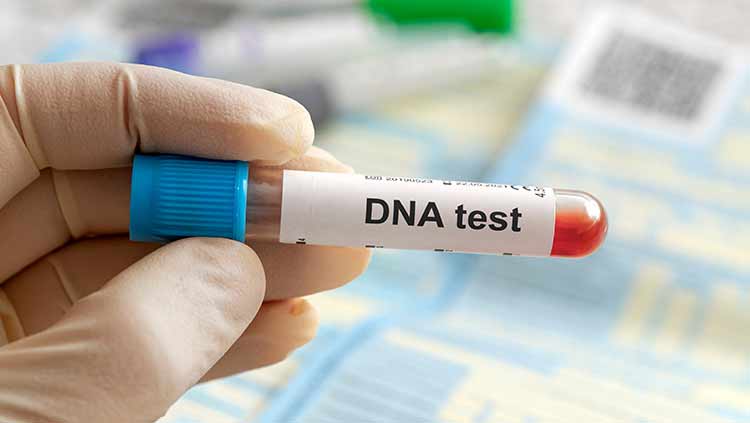How NIPT (New Prenatal Diagnosis) Works

This is an article about how NIPT works.
It explains the more specialized testing mechanisms and precautions of NIPT (New Prenatal Diagnosis).
Table of Contents
More Specialized Testing Mechanisms of NIPT (New Prenatal Diagnosis)
What is NIPT (New Prenatal Diagnosis) Testing?
In the blood of pregnant women, there are DNA fragments derived from the baby. NIPT can detect the possibility of Down syndrome (trisomy 21), Edwards syndrome (trisomy 18), and Patau syndrome (trisomy 13) by analyzing the DNA fragments derived from the baby. Therefore, in the case of triplets or more, it is not possible to perform NIPT because the DNA fragments cannot be identified, so caution is needed.
Mechanisms of Negative and Positive Results
In NIPT (New Prenatal Diagnosis), the information of each DNA fragment is first read. Next, the DNA fragments are classified according to which chromosome they are derived from. After classification, the quantitative ratio of DNA fragments from chromosomes 21, 18, and 13 is observed to detect changes in specific chromosomes, and by comparing with the standard values, it is determined whether the result is negative or positive.
In the Case of Down Syndrome
For example, if the baby has Down syndrome, chromosome 21 is involved. Normally, there are 2 copies of chromosome 21, but if the baby has Down syndrome, there will be 3 copies. As a result, the proportion of the baby's chromosome 21 will be 1.5 times the normal amount, leading to a positive test result.
